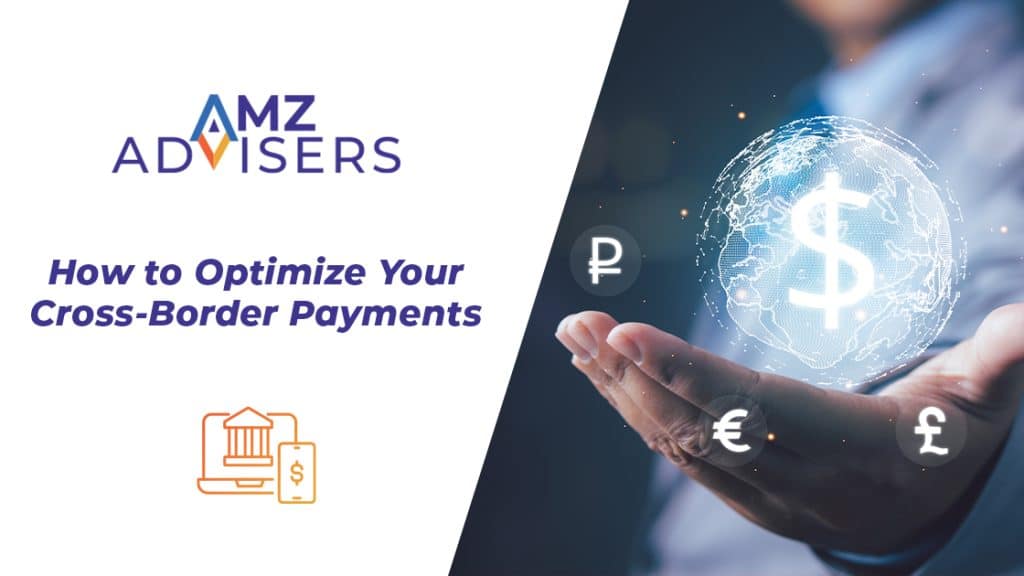Micro-influencer marketing benefits an eCommerce strategy for social media. Collaborating with influencers can boost brand awareness, establish trust, and increase engagement. This is why over half of brands that use influencer marketing are eCommerce stores.
However, many eCommerce companies struggle with the same problem: finding the right influencers. You’re not the only brand trying to collaborate with the biggest and best influencers, so fulfilling this strategy can be difficult.
With micro-influencer marketing, brands have more options when choosing the right content creator for their strategies.
What Is Micro-Influencer Marketing?
A micro-influencer is a social media personality with a following that ranges between 1,000 and 100,000 followers.
These influencers stand out because they have a sizable following but hold a deeper connection to their followers than traditional celebrities.
Micro-influencers are typically popular in their niche. These influencers benefit eCommerce companies since they can appeal to their target audience and drive traffic off Amazon.
Working With Micro-Influencers vs. Macro-Influencers
While a micro-influencer has a deeper connection with their audience and are leaders in their niche, they don’t have the following and reputation of macro-influencers. Are there pros and cons of working with both?
Different Influencer Classifications
First, what separates a micro and macro influencer? While micro and macro are two of the most common influencer categories, numerous classifications exist.
These include:
- Mega-influencer: 1 million+ followers
- Macro-influencer: 100,000-1 million followers
- Micro-influencer: 1,000-100,000 followers
- Nano-influencer: Less than 1,000 followers
Macro and micro-influencers also differ in other ways. Macro-influencers typically seek out internet fame, usually in the form of vlogging and podcast ownership, and many create inspiring or funny content to grow their brand.
In contrast, micro-influencers are seen as industry experts in their niche. Micro-influencers are common in technology spaces, but multiple niches welcome them. For example: fashion, crafting, beauty, travel, and fitness–and all the sub-categories for each industry.
Working With Micro-Influencers
Micro-influencer marketing is right for you if niche expertise is your biggest priority. This way, you can be sure you’ll reach your target audience.
Because micro-influencers are industry experts, their followers find their opinions more reliable. Users will trust their recommendations, making your brand look more authentic.
Micro-influencers are also easier on your budget, have higher engagement rates, and can better target localized regions.
Working With Macro-Influencers
If you want to work with an influencer with an established following, reach for the stars and work with a macro-influencer. These influencers have more experience and a better online reputation. Their following is also very diverse.
Macro-influencers have an impressive and evergreen following. Their audience consists of those with different interests and demographics, and are based in numerous locations. Therefore, you’ll experience a more impressive reach when collaborating with these influencers.
They also have a team of professional content creators, which include videographers, photographers, and writers. Therefore, the content they produce will look more legitimate.
Benefits of Micro-Influencer Marketing
While some brands may find it more worthwhile to work with macro-influencers, collaborating with micro-influencers offers many benefits.
Better Engagement Rates
The main benefit of micro-influencer marketing is that these personalities have better engagement rates.
On average, micro-influencers experience a 1.22% engagement rate on Instagram. This is impressive compared to macro-influencers, who experience a 1.06% engagement rate on the same platform.
Cost-Effective
Micro-influencers are also appealing to brands due to their low price. For an Instagram post, a micro-influencer may charge between $2,000-$8,000.
Compared to macro-influencers, who can charge as much as $45,000/post, collaborating with a micro-influencer is the most cost-effective option.
Authenticity
Micro-influencers are niche leaders for a reason. They’re not only industry experts but have a passion and interest in their subject matter. That’s why they’re seen as more authentic than your average influencer.
You’ll experience that reliability when you collaborate with micro-influencers. In their content, the influencer can share how-to guides and discuss the features. This is helpful, organic content that will persuade their followers to purchase your products.
Target a Niche Audience
If you’re in a niche industry, it’s best to work with a popular micro-influencer to build your brand reputation online. Even though these accounts don’t have millions of followers, you’re more likely to target those who are likelier to buy your products.
Micro-influencers are successful because they have an interest and passion for their niche. Their social media does more than promote their brand and lifestyle–it builds a community among other like-minded people. This makes micro-influencers a highly effective medium to increase brand awareness and sales.
How to Create a Micro-Influencer Marketing Strategy
If you realize that a micro-influencer strategy is the way to go, your next step is to create your campaign. This consists of finding the right influencers, knowing the best platform, collaborating on content ideas, and measuring your campaign’s success.
Finding the Right Micro-Influencers
There are many ways to find the right micro-influencer for you. An easy and free way to find the best influencers is by searching relevant hashtags. Major social media platforms, such as Instagram and TikTok, offer a hashtag search engine to find keyword ideas and identify the main accounts using them.
What are examples of hashtags? This depends on your brand. If you sell clothing, you may want to start with a hashtag such as #fashion. From here, you can find specific hashtags, such as #fashionbloggers.
If this doesn’t work, numerous influencer marketing search tools and agencies, such as the Amazon Influencer Program, can match you to the best influencers.
Don’t forget that there are also different eCommerce influencer programs, such as Amazon Associates and Walmart affiliates.
Choosing a Platform
While you look for your ideal influencers, you should know the platform where you’ll post your content. The best place to start is your own social media channels–have you had more success on TikTok? Do you notice your Instagram is blowing up? Maybe you’ve been using YouTube more than other social media platforms.
It’s also best to consider your audience, and most brands choose the right platform by customer demographics. For example, if you want to target Gen Z, you should gravitate to Instagram and TikTok.
Remember that different content types work better for various platforms. For example, if you want to focus on long-form video-like ads, you’ll want to gravitate to YouTube.
Reaching Out
Once you find your influencers, you must know how to reach out. The first step is reading their bio. If an influencer regularly collaborates with brands, they may include their email or a link in bio form. But if they don’t, that doesn’t mean the influencer is a lost cause. Simply send them a DM.
In your correspondence, introduce yourself and your company and why they would be a good fit for your marketing strategy. It also helps to compliment their content! If you’re uncomfortable with DMing them, include your email address and invite them to go on a call with you.
Deciding on Content
Once an influencer is on board, you must regularly meet to collaborate on your content creation. One of the first things you’ll need to address is the type of content they will create.
First, think of content goals. Will you send a free product to the influencer for their unbiased review? Or do you want them to share a how-to guide? There’s also nothing wrong with asking for content simply featuring the influencer using the product for a link building campaign.
Remember that most micro-influencers don’t have a massive team behind them, so the content types they can create are limited to their expertise.
For example, if you want to create video content, ensure the influencer regularly creates and uploads DIY videos. This may still be restricted to short reels on Instagram and TikTok instead of long-form and intricate videos on YouTube.
Track and Measure Your Campaign
After creating your content, you and your influencer will need to measure the success of your campaign.
Start by tracking different metrics, such as engagements, traffic, impressions, reach, and visibility. On the seller side, you can track sales metrics, such as conversions and revenue generation.
What if your content isn’t successful? This doesn’t mean micro-influencer marketing failed, but you may have worked with the wrong influencer. Even if you selected one in your niche, your brand or product may not have resonated with their audience.
The next step is to find another micro-influencer. When finding your next influencer, track their engagements to ensure they have a devoted following.
Increase Sales With Micro-Influencer Marketing
Micro-influencers are social media personalities with a following between 1,000 and 100,000 followers. Micro-influencer marketing offers many benefits. Niche influencers offer better engagements, lower prices, and are more authentic than their celebrity counterparts.
Did you try micro-influencer marketing but didn’t experience success? This may not be due to the influencer but your product or marketing strategy. If you need help creating an eCommerce marketing overhaul, we can help.
Author







